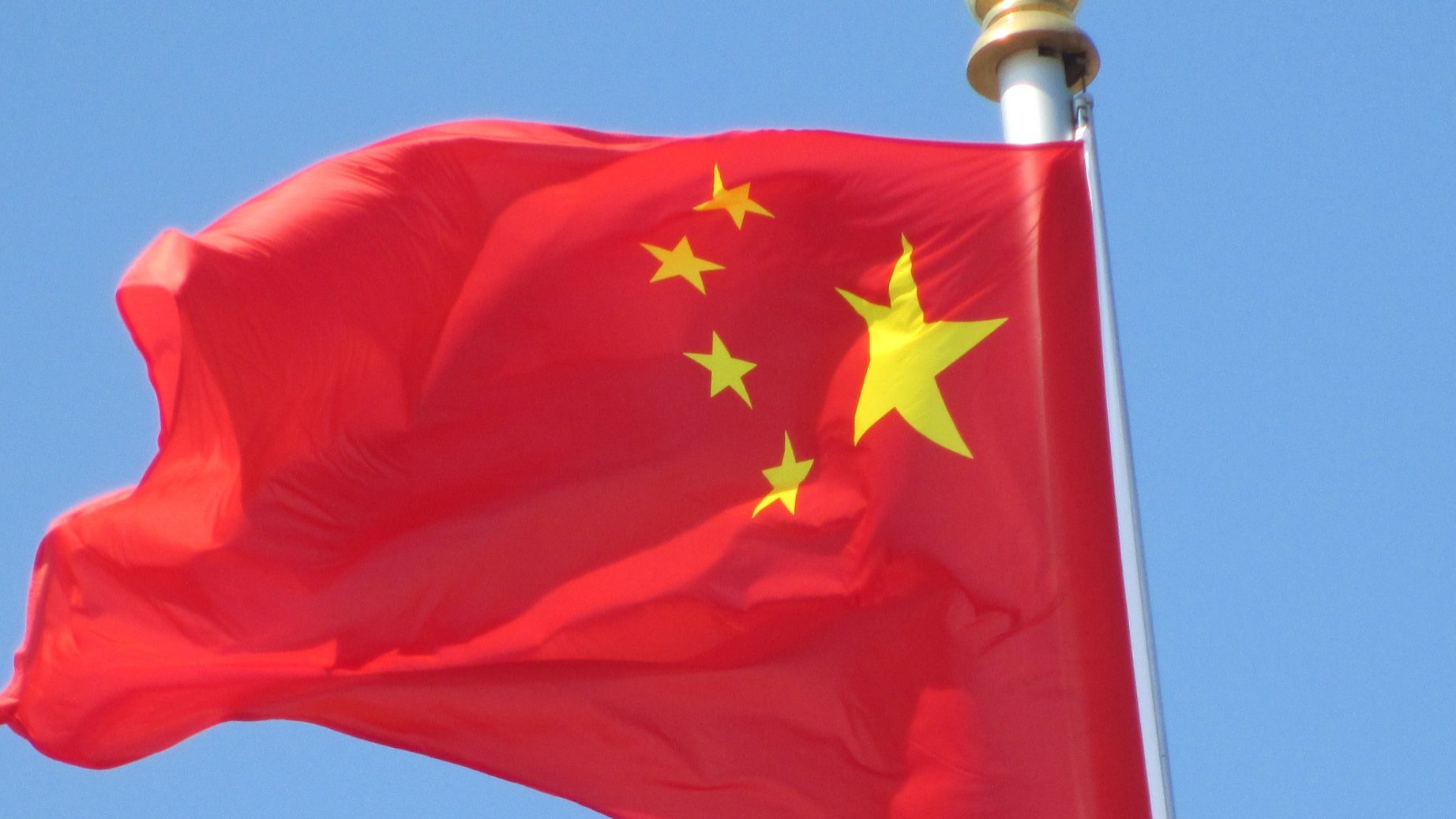Tourist board mini-programme on Wechat aimed at China market recovery
All the content of the mini-programme is translated into Mandarin and consists of 750 points of interest divided by regions, including tourist attractions, entertainment, shopping and cuisine.
Portugal’s national tourist board on Monday launched a mini-programme accessible from Wechat, a Chinese mobile application that serves as both a social network and digital wallet, aimed at promoting Portuguese cuisine, tourist spots and festivities in what before the pandemic was the world’s largest market in terms of tourist numbers.
“It’s a search engine one hundred percent dedicated to Portugal,” said Tiago Brito, the tourist board’s permanent representative in China, to Lusa. “The target is mainly the final consumer, and not so much organised groups.”
All the content of the mini-programme is translated into Mandarin and consists of 750 points of interest divided by regions, including tourist attractions, entertainment, shopping, cuisine and hospitality.
For example, if you click on the Porto and North section you will be able to get to know that region’s main tourist attractions, from the historic center of Porto to the Montesinho Natural Park in northeastern Trás-os-Montes. In the Gastronomy and Wines subsection, there are presentations in Chinese about local specialities such as ‘posta à mirandesa’ steak, ‘francesinha’ mega-sandwich, codfish dish ‘bacalhau à Brás’ and the Vinho Verde Route.
Created in 2011 by the Chinese Internet giant Tencent, Wechat is now all but indispensable in daily life in China, combining the functions of social network, instant messaging service and digital wallet. Different estimates put the number of active users of the app in the Asian country at more than 800 million.
The initiative exemplifies the efforts of the authorities in Portugal to generate more value in China, the country that sends out the most tourists.
In 2019, the last year before the pandemic, 155 million Chinese traveled abroad, according to an analysis by US investment bank Citigroup. In all, tourists from mainland China spent $255 billion (€236 billion) overseas.
But China kept its borders closed for nearly three years under the ‘zero-Covid’ policy during the pandemic, which was abandoned last December. After the reopening, the authorities in China included Portugal in a second batch of countries to which they started allowing group tours.
“The goal is to grow in value: we want Chinese tourists to resume the demand for Portugal, but we essentially want them to stay longer in the country,” stressed Brito.
He explained that, on average, guests from China stays fewer than two nights in Portugal.
“We want to influence the demand or qualify the demand so that they stay longer, get to know Portugal better and generate more revenue for the country, which will help us balance the trade balance with China,” he said.
According to data provided to Lusa by Tiago, over 385,000 people from China visited Portugal in 2019, the last year before the pandemic, spending a total of €224 million euros in the country, up 20% from 2018.
Currently there are only two flights a week form China to Portugal. Until the beginning of the pandemic, it was three times a week.
Beijing Capital Airlines, which operates the connection, predicted to Lusa that the reinstatement of the original frequency should be made throughout this year, depending on the increase in demand.
A shortage of commercial flights to Europe, the many people in China whose passports have expired or who lack visas for the Schengen area, or fears about insecurity abroad mean that the impact of China’s reopening may take some time to materialise.
The China Overseas Tourism Research Institute has estimated that 18 million Chinese tourists will travel overseas in the first half of the year, followed by 40 million in the second.


